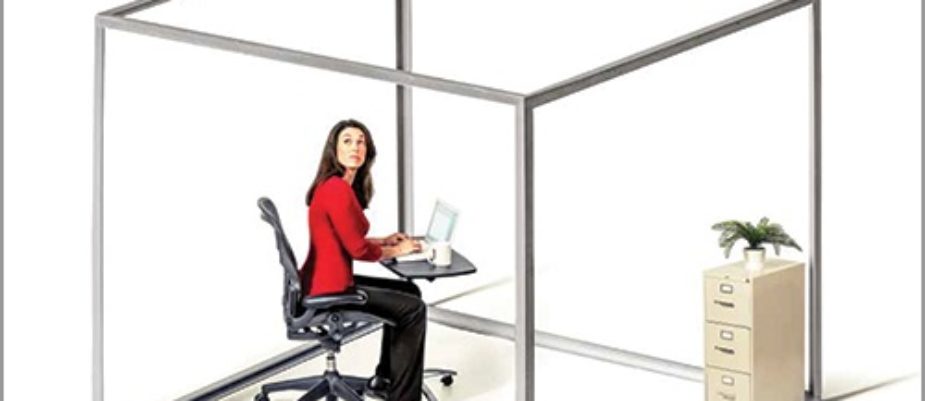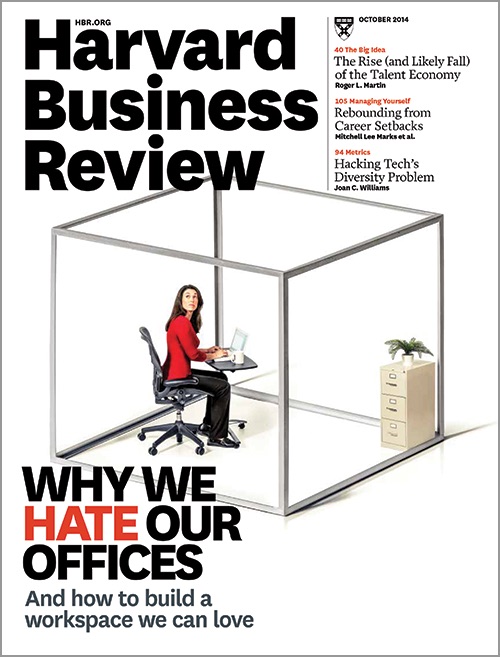
There must be a reason why Harvard Business Review devotes its cover and a whole dossier to why do people hate their offices. So, it’s true, we hate them! … and if we hate them we don’t feel well, we are not happy, we work badly, our performance drops and we are less productive; it’s self-evident. So these issues concern all of us. This latent hatred should not be denied or undestimated.
A few years ago I learned from a reliable source that in the Italian offices of a well-known multinational – one of the first that introduced the notorious open space – some employeese – as they couldn’t kill the manager, would vent their aggressiveness on the luxuriant plants, arranged between desks to decorate and “humanize” the open space. In spite of biophilia, unfortunately he “human” side aroused by the shrubs wasn’t a gentle one. It’s hard to believe, but some would go so far a sto piss on the plants to kill them deliberately!
I’m not denying the usefulness of plants, we even published an article on their proven benefits; plants are as useful as many other humanizing and stimulating factors (informal meeting areas, relax, entertainment, artworks, bright colors, varied and dynamic layout with some visually and perceptively stimulating components, etc.) but only if used in a more balanced view of the workplace.
The open office remains the dominant form of workspace design not only because it allows space optimization, but also because it fosters a direct interaction – the most important one – collaboration, sharing and sense of belonging to the company. All factors direcly affecting productivity, as confirmed by some companies that have measured these data.
So, the point is to find a “we” and “me” balance , as HBR explains; to re-examine our concept of privacy as an essential factor for coping with the complex multitasking. A privacy that does not concern the physical space only, but the “individual’s ability to control information and stimulation. In short, Transparency, that seemed to be the best way to express the concept of democracy, “no hierarchy but greater collaboration”, can actually turn out to be a “trap” because, as HBR explains, “it can leave employees feeling vulnerable and exposed. When that happens, they conceal behaviours that deviate from the norm so that they won’t have to explain them. Unrehearsed, experimental behaviours may even stop altogether … or kill the plants, or become aggressive with other “living” beings, I would add!
Balancing “we” and “me” is the key to ensure the employees’ wellbeing and the company’s productivity.
The planning cues for the interior design, that come from these remarks, are manifold; the first and most obvious one is the absolute need to establish zones of privacy within open environments, by setting various types of boundaries, from the individual phone booth to the meeting room for small groups, through to the temporary touch-down and the yoga room; small offices and shelters inside the office.
The workplace must rediscover Solitude that, as Seneca used to say, “It’s for the mind what food is for the body “, but also because “It’s right in solitude that we can feel the advantage to live with someone able to think” (Jean Jacques Rousseau).
Interactive editorial by Renata Sias, editor WOW! Webmagazine.

















